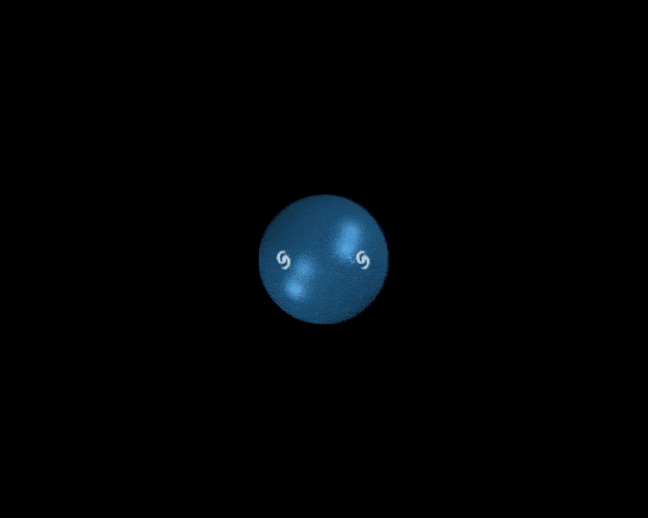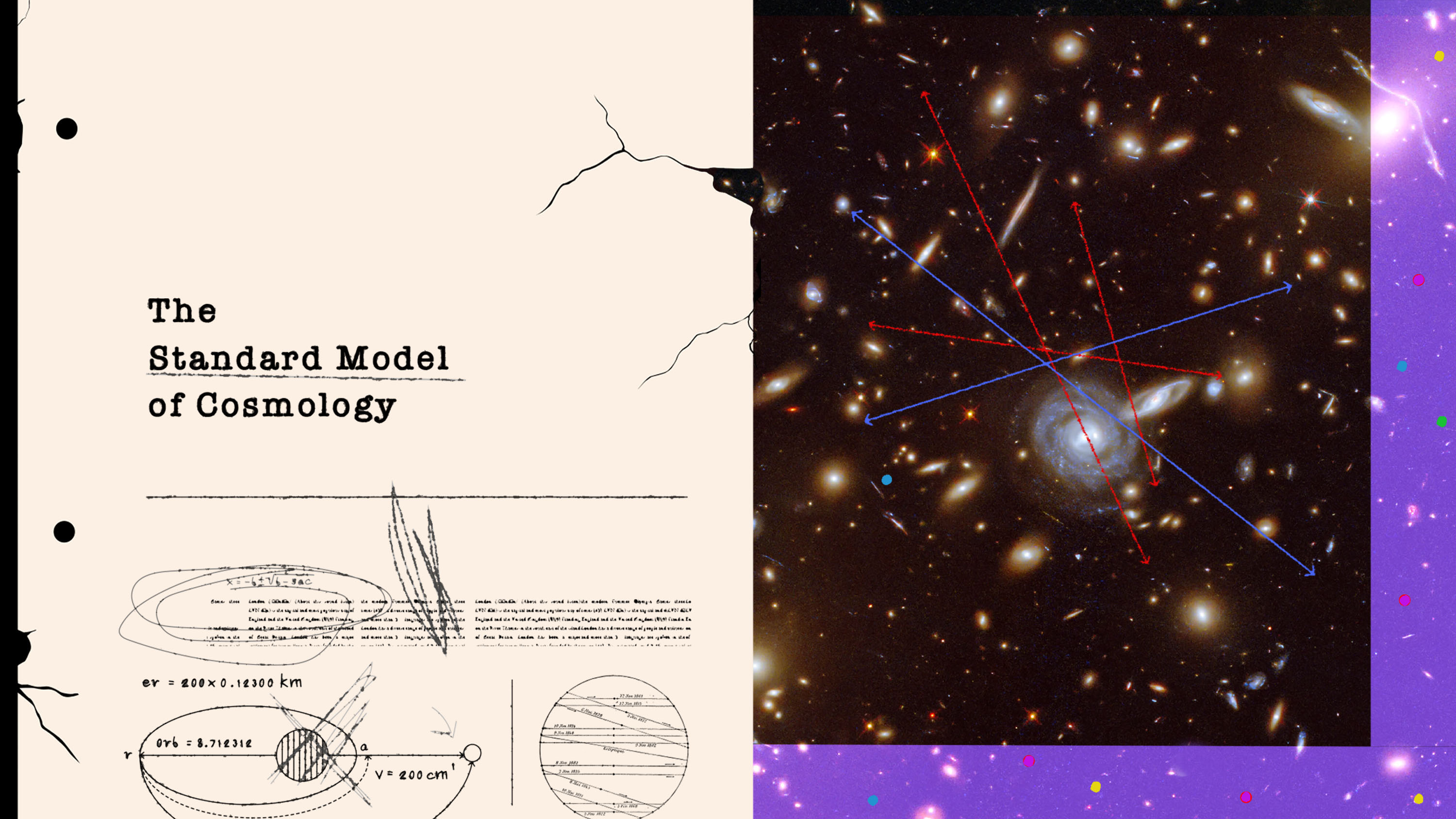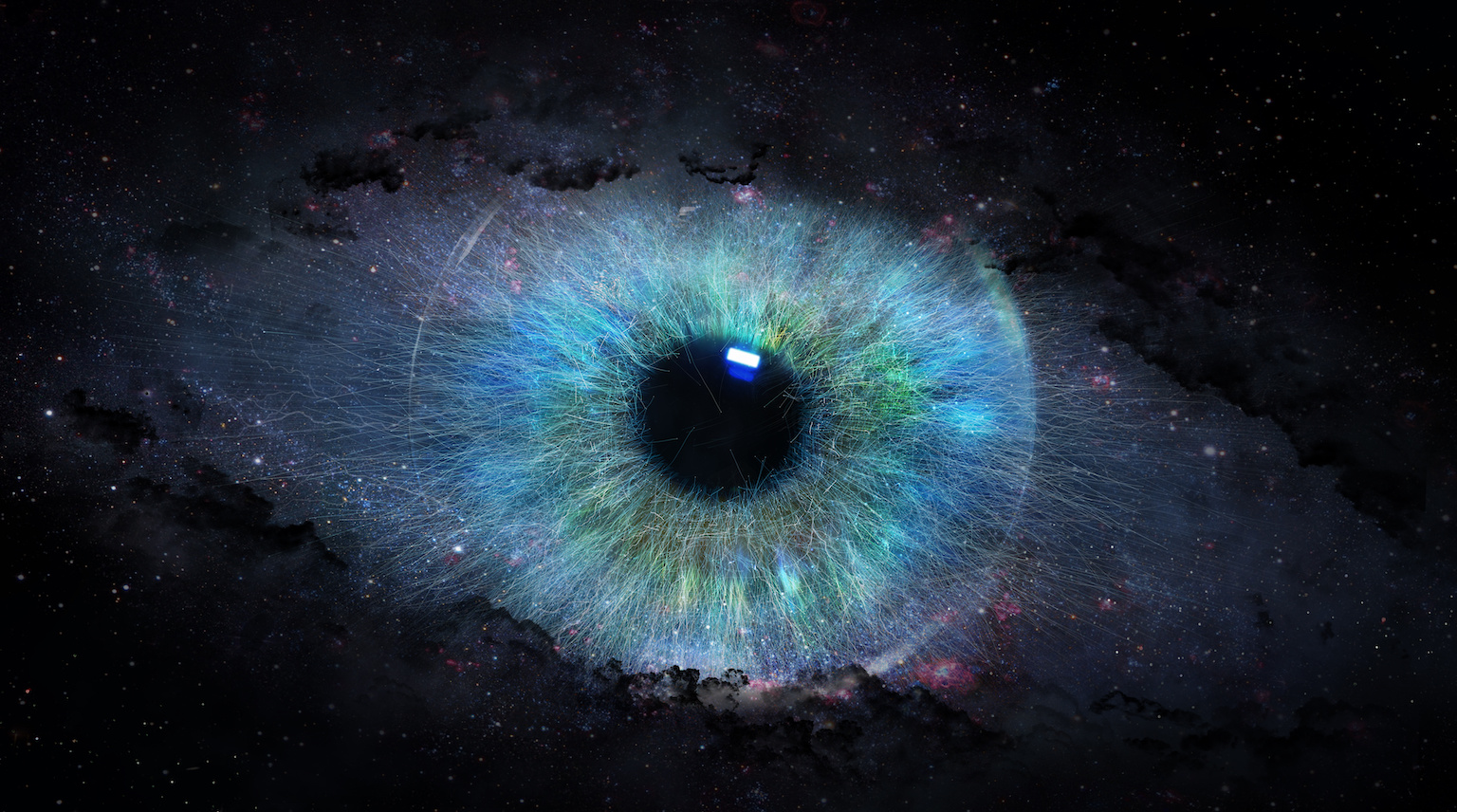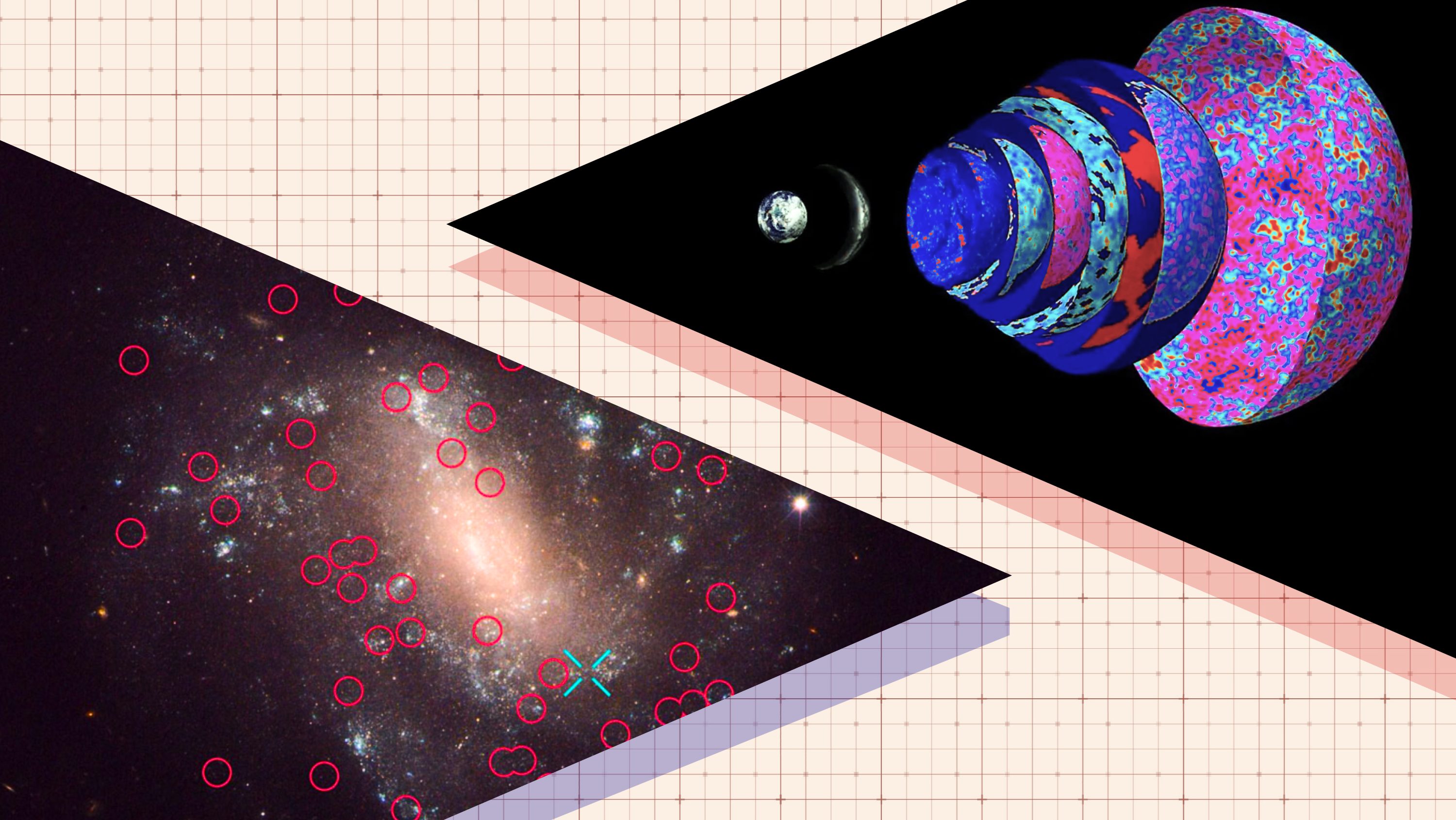Surprising discovery challenges key principle of modern cosmology
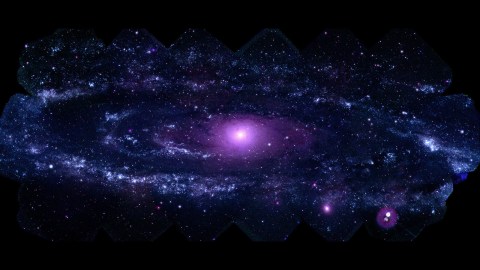
- The recent discoveries of massive cosmic structures may challenge the Copernican principle, a cornerstone of modern cosmology, which posits the uniformity of the Universe on the largest scales. The existence of sufficiently large cosmic structures might violate this uniformity.
- Astronomers from the University of Central Lancashire recently announced the discovery of the “Big Ring,” a ring of galaxies with a circumference of about 4 billion light-years.
- While the findings are intriguing, they require further validation with robust data, and upcoming tools like the Euclid telescope may provide definitive answers on the uniformity of the Universe.
At a recent meeting of the American Astronomical Society, researchers announced a surprising discovery — one that will add to a growing list of astronomical anomalies that run afoul of one of the guiding principles of cosmological research.
Humanity has long imagined itself to be somehow special in the Universe: The Bible told us we have dominion over other living things, while the Greek philosopher Plato wrote that the Earth lies at the center of the Universe.
Yet science has told a different story. Darwin realized that humanity was but one species on a vast tree of life and, as early as the early 16th century, Polish scientist Nicolaus Copernicus made the bold claim that the Earth was not the object around which the Universe revolved. Indeed, the scientific community has come to realize that our astronomical neighborhood isn’t special, and Earth doesn’t necessarily grant us a special vantage point from which to view the cosmos. Our planet orbits an ordinary star inside an ordinary galaxy. More broadly, astronomers have come to believe that on the very largest scales, the Universe is uniform — all places are pretty much the same. This proposition has come to be called the Copernican principle.
Challenging the Copernican principle
On the face of it, the Copernican principle seems to be violated when we look out into the Universe. Matter congregates in stars, surrounded by vast swathes of interstellar space. On galactic scales, the story is much the same, with galaxies containing countless stars but separated by enormous distances. However, the situation is different on the very largest scales. When one zooms back far enough — to a scale where individual galaxies are dots on a much bigger picture — the distribution of matter begins to look quite uniform.
There’s a good reason for this. When the Universe began, it was smaller and hotter and filled with hot plasma. Plasma, like air, can transmit sound waves. And sound waves mean that some locations have slightly denser plasma than others.
Over the eons, those places with slightly denser plasma exerted a force on their neighbors, drawing nearby gas (plasma becomes gas when it cools). Those locations become denser over time, forming galaxies, stars, and all of the familiar inhabitants of the cosmic zoo.
But it’s a slow process — especially for large objects. Stars can collapse from gas clouds in millions of years, while galaxies might take a billion years. Bigger objects take longer. Since the Universe is about 13.8 billion years old, this sets an upper limit on how large of a structure can form while still being held together by gravity. So, astronomers do not expect to see gravitationally bound objects much bigger than 1 to 2 billion light-years in size.
If objects larger than that are seen, this could invalidate the Copernican principle. Given the centrality of the Copernican principle in modern cosmology, this would require some significant head-scratching among the scientific community.
The “Big Ring”
At a recent meeting of the American Astronomical Society, astronomers from the University of Central Lancashire (UCLanc) in England announced the discovery of a ring of galaxies located about 9.2 billion light-years from Earth. The diameter of the ring is about 1.3 billion light-years, giving it a circumference of approximately 4 billion light-years. Researchers have taken to calling this structure the “Big Ring.” If confirmed, this structure would certainly pose a challenge to accepted cosmology.

The Big Ring isn’t the first large structure reported by astronomers. In 2021, the same group at UCLanc reported what was called the “Great Arc,” an arc of stars about 3.3 billion light-years long, located about 9.2 billion light-years away. Interestingly, the Great Arc and the Big Ring were found in the same basic location in space.
It’s not only the UCLan group that has discovered unexpected and large structures in the Universe. In 2014, a group of astronomers reported a possible structure called the Hercules-Corona Borealis Great Wall. This structure is about 10 billion light-years long and was discovered by a significant concentration of gamma-ray bursts. A few years earlier, in 2012, a different group reported a structure called the Huge Large Quasar Group, consisting of 73 quasars. This structure is about 4 billion light-years long.
So, does the discovery of an ever-proliferating number of large structures spell the death knell of accepted cosmology? This would be a hasty conclusion. There are a couple of reasons to be cautious. The first is simple: If you wish to overturn a central principle of cosmology, you had better use impeccable data. While the reported large structures were discovered by reputable researchers, in most cases the data was not entirely conclusive. When astronomers restrict themselves to observations that are inarguable, no structures larger than about 1.4 billion light-years have been observed.
Another consideration is the role of chance in observation. The Universe is huge, with an estimated 2 trillion visible galaxies distributed over a volume of approximately 400 trillion cubic light-years. With so many galaxies, some configurations will inevitably occur purely by chance. It may be that the observed large structures are simply two smaller ones that occurred near one another. Such an unfortunate occurrence could fool astronomers.
However, the possibility that a bedrock assumption of cosmology like the Copernican principle could be overturned means scientists will continue to search for robust observations of large structures. If confirmed, the scientific community will have to revisit their core ideas. Next-generation surveys like the Euclid telescope, launched in the summer of 2023, will give researchers a cornucopia of new data to study. Once the facility is fully operational, it is expected to make stringent tests of the Copernican principle, perhaps nailing it down once and for all.
